Home>Garden Essentials>Garden Storage>How To Get Rid Of Moths In Wardrobe
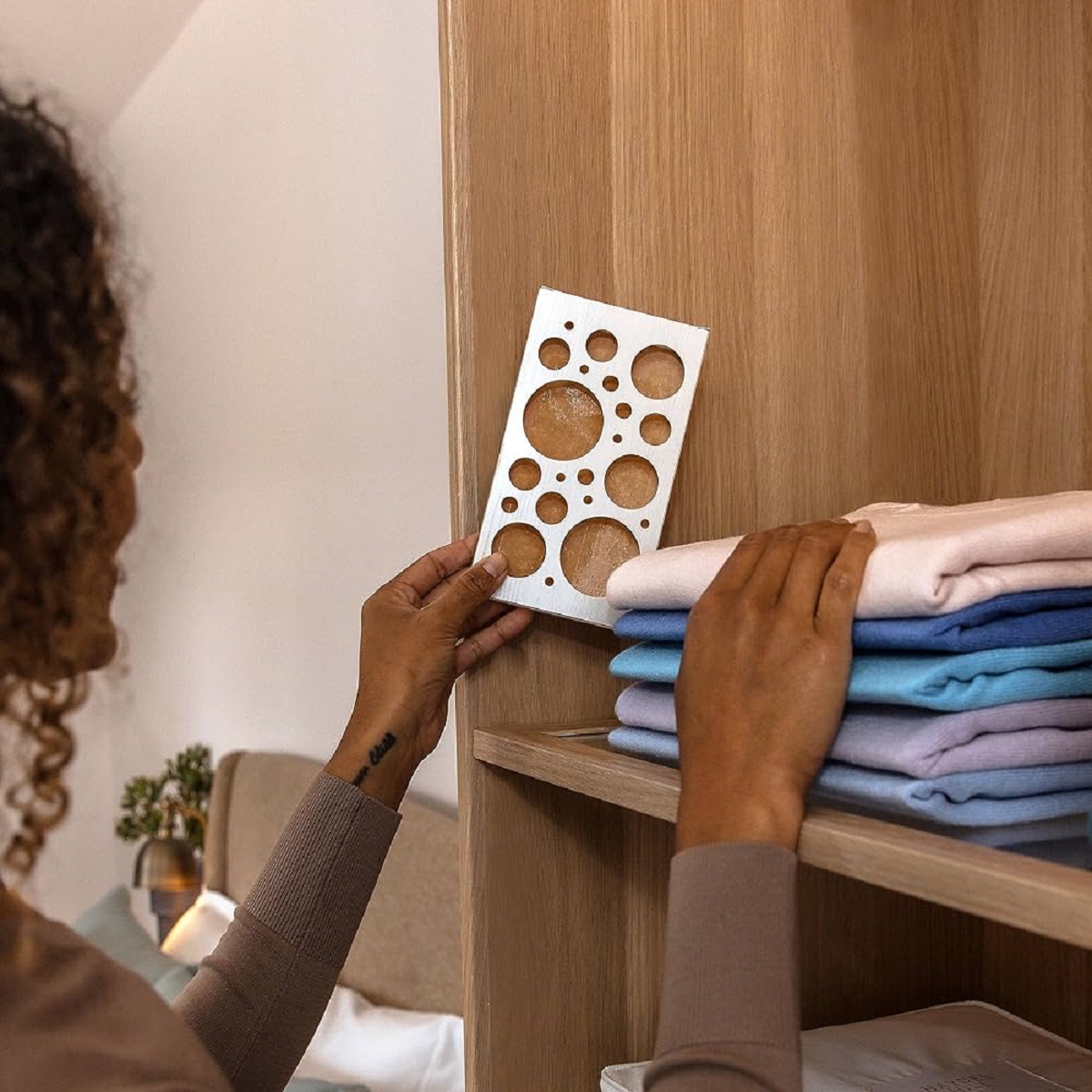

Garden Storage
How To Get Rid Of Moths In Wardrobe
Modified: October 20, 2024
Learn effective ways to eliminate moths in your wardrobe and keep your storage space moth-free. Follow our expert tips and prevent damage to your clothes and belongings.
(Many of the links in this article redirect to a specific reviewed product. Your purchase of these products through affiliate links helps to generate commission for Storables.com, at no extra cost. Learn more)
Introduction
Having moths in your wardrobe can be a frustrating and distressing problem. These pesky insects not only cause damage to your clothes and fabrics but also pose a threat to your personal belongings. If left unchecked, a moth infestation can quickly spread throughout your home, causing significant damage and costly repairs.
In this article, we will delve into the world of moths in wardrobes and explore effective ways to get rid of them. We will discuss how to identify moths, the causes of infestations, and offer preventive measures to keep them at bay. Additionally, we will share practical tips and techniques to eliminate moths from your wardrobe, ranging from cleaning and decluttering to using natural repellents and professional pest control services.
So, if you’re ready to bid farewell to those unwanted closet invaders, let’s dive into the world of moths and discover the most effective methods to keep your wardrobe moth-free.
Key Takeaways:
- Protect your wardrobe from moth infestations by regularly cleaning, decluttering, and using natural repellents like cedarwood and lavender. Implement preventive measures to keep moths at bay and safeguard your clothes.
- If moth infestations persist, consider hiring professional pest control services for targeted treatments and long-term prevention. Their expertise, specialized tools, and customized solutions can effectively eliminate moths and restore peace of mind.
Understanding Moths in Wardrobes
Moths are small, flying insects that belong to the order Lepidoptera. While many species of moths are harmless and play a vital role in pollination and ecosystem balance, certain types can become household pests when they infest wardrobes and other storage areas.
The two most common types of moths that cause problems in wardrobes are clothes moths and pantry moths.
Clothes moths, specifically the common clothes moth (Tineola bisselliella), are notorious for feeding on natural fibers such as wool, silk, fur, and feathers. They are often attracted to clothing made from animal-derived materials, leaving behind small holes and damage.
Pantry moths, on the other hand, prefer to infest food storage areas, such as kitchens and pantries. They contaminate food products like grains, flours, cereals, and dried fruits, rendering them inedible.
Moths in wardrobes are typically a secondary issue caused by adult moths laying eggs on clothing or items stored within the closet. Once the eggs hatch, the larvae, commonly known as caterpillars, consume the fibers or materials they were deposited on, causing damage before eventually transforming into adult moths.
Understanding the life cycle of moths is essential in successfully eliminating them from your wardrobe. By knowing the stages of their development, you can target both the adult moths and their larvae, minimizing the risk of re-infestation.
It is important to note that moths thrive in specific environmental conditions. They prefer dark, undisturbed areas with high humidity levels, making wardrobes an ideal breeding ground. Therefore, it is crucial to tackle the root causes of the infestation and implement preventive measures to protect your clothing and belongings.
In the next sections, we will explore how to identify moths, understand the causes of infestation, and provide practical tips to prevent and eliminate these pests from your wardrobe.
Identifying Moths
Being able to identify moths is an important step in effectively dealing with a moth infestation in your wardrobe. Here are some key characteristics to help you accurately identify these pesky insects:
1. Size and Appearance: Moths are typically small to medium-sized insects, ranging from approximately 0.25 to 2 inches in length. They have two pairs of wings covered in tiny scales, which give them a powdery or fuzzy appearance.
2. Wing Patterns: Moths come in a variety of colors and patterns. Some have plain wings in shades of brown, gray, or white, while others feature intricate patterns with spots, lines, or eye-like markings.
3. Antennae: One distinct feature of moths is their thread-like or feathery antennae. Unlike butterflies, which have thin, club-shaped antennae, moths typically have antennae that are either feathery or taper to a point.
4. Behavior: Moths are primarily nocturnal creatures, meaning they are active during the night. You may notice them fluttering around light sources, such as lamps or windows, or flying in a zigzag pattern.
When it comes to identifying moths in your wardrobe, it is essential to keep a lookout for signs of their presence rather than relying solely on visual identification. Look for the following indicators:
1. Small Holes: Clothes moths are notorious for creating small holes in clothing, particularly in natural fibers like wool or silk. These holes are often irregular in shape and may be accompanied by silken threads or larvae casings.
2. Larvae: Moth larvae, also known as caterpillars, are often found near the damaged fabric or in secluded areas of the wardrobe. They are usually creamy white or off-white in color and have a distinct segmented body.
3. Cocoons or Pupae: Prior to transforming into adult moths, larvae spin silk cocoons or form pupae within which they undergo metamorphosis. These cocoons or pupae can often be found hidden in the corners or crevices of your wardrobe.
By being able to identify moths and recognizing the signs of their presence, you will be better equipped to take appropriate measures to eliminate them from your wardrobe and prevent further damage to your belongings.
Causes of Moth Infestation
Moth infestations in wardrobes can occur due to various factors and conditions that attract and support their survival. Understanding these causes can help you prevent and tackle moth problems effectively. Here are some common causes of moth infestations:
1. Lack of cleanliness and hygiene: Wardrobes that are not regularly cleaned or maintained provide an ideal environment for moths to thrive. Dust, dirt, and food spills can accumulate in the closet, providing a food source for moth larvae and attracting adult moths.
2. Climate and humidity: Moths prefer warm, humid environments. High humidity levels create the perfect breeding ground for moths, allowing their larvae to survive and develop. Areas with poor ventilation and trapped moisture are particularly susceptible to moth infestations.
3. Storage of infested items: If you unknowingly bring in clothes, rugs, or other items infested with moth eggs or larvae, you risk introducing moths into your wardrobe. Thrift store purchases, items stored in attics or basements, or even items borrowed from others can carry moth eggs or larvae.
4. Lack of proper storage methods: Improper storage practices can also contribute to moth problems. Not using breathable garment bags, leaving clothing unprotected, or using cardboard boxes instead of sealed containers can make it easier for moths to access and infest your clothes.
5. Animal-based fabrics and materials: Moths are particularly attracted to natural fabrics like wool, silk, fur, and feathers. If your wardrobe consists mainly of clothing or items made from these materials, it increases the likelihood of moth infestations.
6. Lack of regular inspection and maintenance: Failing to regularly inspect and maintain your wardrobe can allow moth populations to grow unnoticed. By the time you notice signs of damage or moths, the infestation may already be significant.
It is important to address these underlying causes to prevent future moth infestations. By implementing proper hygiene practices, creating a less favorable environment for moths to thrive, and adopting appropriate storage methods, you can significantly reduce the risk of moth problems in your wardrobe.
In the next sections, we will explore preventive tips and effective methods to eliminate moths from your wardrobe, keeping your clothes and belongings safe and moth-free.
Prevention Tips
Prevention is key when it comes to protecting your wardrobe from moth infestations. By implementing these simple yet effective tips, you can significantly reduce the risk of moths taking up residence in your closet:
1. Clean and declutter regularly: Regularly clean and declutter your wardrobe to remove dust, dirt, and food particles that can attract moths. Vacuum the shelves, corners, and crevices, and discard any items you no longer need or wear.
2. Store clean, dry items: Moths are more attracted to dirty or soiled fabrics. Ensure that clothes and items stored in your wardrobe are clean and completely dry to prevent moths from being attracted to any stains or odors.
3. Use proper storage methods: Invest in breathable garment bags or storage containers that seal tightly to protect your clothing from moths. Avoid using plastic bags, as they can trap moisture and create a favorable environment for moths to thrive.
4. Separate infested items: If you discover any clothes or items with signs of moth infestation, isolate them and take immediate action to prevent the infestation from spreading. Either dispose of the infested items or treat them separately to eliminate the moths.
5. Seal potential entry points: Seal any cracks, gaps, or holes in your wardrobe or surrounding walls that could serve as entry points for moths. This will help prevent them from accessing your clothes and belongings.
6. Use natural moth repellents: Certain scents are known to repel moths. Consider using natural repellents like cedar chips, lavender, or dried lemon peels in your wardrobe. Moths dislike these fragrances and are less likely to settle in your closet.
7. Monitor and inspect regularly: Set aside time to regularly inspect your wardrobe for signs of moths or damage. Check for larvae, cocoons, or small holes in your clothing. Early detection can help prevent a small infestation from becoming a major problem.
By following these preventive measures consistently, you can create an environment that is unattractive to moths and minimize the risk of moth infestations in your wardrobe. Next, we will explore effective methods to eliminate moths from your wardrobe if you are already dealing with an infestation.
Read more: Pantry Moth How To Get Rid Of
Cleaning and Decluttering the Wardrobe
One of the first steps in getting rid of moths in your wardrobe is to thoroughly clean and declutter the space. By doing so, you not only remove potential food sources for moths but also disrupt their breeding and nesting grounds. Follow these steps to effectively clean and declutter your wardrobe:
1. Empty the wardrobe: Start by completely emptying your wardrobe, removing all clothing, accessories, and other items from the shelves, drawers, and hanging areas. Place them in a separate, clean space to inspect and treat if necessary.
2. Dust and vacuum: Use a soft cloth or brush to gently remove dust and debris from the wardrobe’s surfaces, including the shelves, drawers, and corners. Pay attention to any cracks or crevices where moth eggs or larvae may be hiding. Once done, thoroughly vacuum the entire wardrobe to remove any remaining dirt or dust.
3. Wipe down surfaces: Dampen a clean cloth with a mixture of mild soap and warm water, and gently wipe down all surfaces inside the wardrobe. This will help remove any lingering dirt or stains and ensure a clean environment for your clothes.
4. Clean clothing and items: While the wardrobe is empty, take the opportunity to clean and treat your clothing and other items. Machine wash or dry clean garments as directed, paying special attention to items made from natural fabrics that are more susceptible to moth damage. Treat any infested items separately as necessary.
5. Declutter and organize: As you return items to the wardrobe, assess each piece of clothing or item and consider whether you truly need it. Declutter by donating, selling, or discarding items that you no longer wear or use. This not only reduces clutter but also creates more space and makes it easier to spot any signs of moth activity.
6. Invest in storage solutions: Consider using storage solutions such as breathable garment bags, storage boxes, or hanging organizers to keep your clothing organized and protected. These can help prevent moths from accessing and damaging your clothes, especially during periods of low wardrobe activity.
By regularly cleaning and decluttering your wardrobe, you create an environment that is less appealing to moths and reduces their chances of infesting your clothes. In the next sections, we will explore additional methods to eliminate moths and prevent their return.
To get rid of moths in your wardrobe, regularly clean and vacuum the area to remove any eggs or larvae. Use moth repellents such as cedar blocks or lavender sachets to deter them from returning.
Vacuuming the Wardrobe
Vacuuming your wardrobe is an essential step in eliminating moths and their eggs or larvae that may be hiding in the nooks and crannies of the space. Vacuuming not only helps remove any existing moths but also clears away moth debris and decreases the chances of re-infestation. Here’s how to effectively vacuum your wardrobe:
1. Choose the right vacuum cleaner: Opt for a vacuum cleaner with a hose attachment, as it allows you to reach into tight corners and crevices. Ensure that the vacuum is clean and in good working condition before you start.
2. Clear the wardrobe: Remove all clothing, accessories, and other items from the wardrobe to ensure the vacuum cleaner can access all areas. Place them in a safe, clean area to prevent recontamination.
3. Pre-vacuum surfaces: Before you start targeting the corners and crevices, use the vacuum cleaner’s brush attachment to gently vacuum the wardrobe’s surfaces, including shelves, drawers, and hanging areas. This helps remove loose dust, debris, and any visible moth eggs or larvae.
4. Vacuum corners and crevices: Use the vacuum cleaner’s hose attachment with a narrow nozzle or crevice tool to reach into the corners and crevices of the wardrobe. Pay particular attention to areas where moths are likely to hide or lay eggs, such as seams, folds, and cracks.
5. Vacuum the walls and baseboards: Run the vacuum cleaner along the walls and baseboards of the wardrobe to pick up any crumbs, dust, or moth debris that may be present. These areas can often serve as food sources or breeding grounds for moths.
6. Dispose of the vacuumed debris: Empty the contents of the vacuum cleaner immediately after vacuuming the wardrobe to prevent any trapped moths or eggs from escaping and reinfesting your space. Dispose of the debris in a sealed bag and discard it outside your home.
7. Clean the vacuum cleaner: After you have finished vacuuming, clean the vacuum cleaner thoroughly to remove any remaining moth debris or eggs. Follow the manufacturer’s instructions for maintenance and cleaning to ensure optimal performance for future use.
Keep in mind that vacuuming alone may not completely eradicate a moth infestation, especially if it is severe. It is crucial to combine vacuuming with other methods such as using natural moth repellents, treating infested items, and implementing preventive measures to effectively eliminate moths and prevent their return.
Using Natural Moth Repellents
Natural moth repellents are a safe and eco-friendly alternative to chemical-based products. Using these repellents in your wardrobe can help keep moths at bay and protect your clothes from damage. Here are some effective natural moth repellents to consider:
1. Cedarwood: Moths dislike the scent of cedarwood, making it an excellent natural repellent. Place cedar balls, cedar sachets, or cedar chips in your wardrobe drawers, shelves, or hanging areas. Alternatively, you can use cedar oil to make your own repellent spray by diluting a few drops in water and spraying it lightly in your wardrobe.
2. Lavender: Lavender has a pleasant fragrance for humans but is repulsive to moths. Hang dried lavender sachets or place lavender essential oil-soaked cotton balls in your wardrobe. Additionally, lavender possesses antimicrobial properties, which can help keep your clothes fresh and clean.
3. Rosemary: Rosemary is another herb that moths dislike. Create a mixture of dried rosemary leaves and place them in small cloth bags or tie them in cheesecloth bundles. Hang these sachets in your wardrobe to repel moths and add a refreshing scent to your clothes.
4. Cloves: The strong scent of cloves acts as a natural moth deterrent. Place whole cloves in small sachets and hang them in your wardrobe. Alternatively, you can create a natural repellent spray by simmering cloves in water, allowing it to cool, and then transferring it to a spray bottle for easy application.
5. Lemon or citrus peels: Moths are repelled by the scent of citrus fruits. Save your lemon or citrus peels and dry them. Once dried, place them in small sachets and distribute them throughout your wardrobe. Their refreshing aroma will keep moths at bay.
6. Eucalyptus leaves: The strong aroma of eucalyptus leaves acts as a natural moth repellent. Place dried eucalyptus leaves in cloth bags or tie them in bundles, then hang them in your wardrobe. Not only will this deter moths, but it will also impart a pleasant scent to your clothes.
Remember, natural moth repellents are effective, but their effects may diminish over time. Refresh the repellents periodically by crushing or rubbing the herbs gently to release their fragrance. Additionally, it’s crucial to maintain proper hygiene and cleanliness in your wardrobe and regularly check for signs of infestation. Natural repellents work best when combined with other preventive measures, such as proper storage and regular inspection.
By incorporating natural moth repellents into your wardrobe maintenance routine, you can protect your clothes from moths while enjoying the fresh and pleasant fragrance of these natural remedies.
Using Moth Traps
Moth traps are an effective tool for monitoring and controlling moth infestations in your wardrobe. These traps work by attracting adult moths and trapping them, preventing them from laying eggs and further infesting your clothes. Here’s how to effectively use moth traps:
1. Choose the right moth trap: There are different types of moth traps available, including pheromone traps and sticky traps. Pheromone traps use synthetic moth pheromones to lure male moths, disrupting their mating cycle. Sticky traps, on the other hand, use adhesive surfaces to trap moths that come into contact with them. Choose a trap that suits your needs and the severity of the infestation.
2. Place the traps strategically: Before deploying the traps, carefully read and follow the instructions provided by the manufacturer. Typically, it is recommended to place one trap in each wardrobe or infested area. Position the traps near the clothing or items that are most susceptible to moth damage.
3. Regularly monitor the traps: Check the traps regularly to see if any moths have been captured. Monitor both the pheromone traps and sticky traps and record the number of moths caught. This will help you gauge the severity of the infestation and track the effectiveness of your control measures.
4. Replace the traps as needed: Moth traps become less effective over time as they accumulate moths or lose their potency. Follow the manufacturer’s instructions on when and how to replace the traps. Typically, it is recommended to replace them every two to three months or as soon as they become full or lose their stickiness.
5. Combine with other control methods: While using moth traps is effective in capturing adult moths, it is essential to combine them with other control methods for a comprehensive approach. Continue implementing preventive measures such as cleaning, decluttering, and using natural repellents to address all life stages of moths, including eggs and larvae.
Using moth traps provides a proactive way to monitor and control moth infestations in your wardrobe. They are particularly useful when you want to keep track of the effectiveness of your preventive measures or when dealing with a recurring moth problem. By using traps in conjunction with other control methods, you can effectively combat moth infestations and protect your clothes from damage.
Hiring Pest Control Services
If you’ve tried various methods to get rid of moths in your wardrobe but the infestation persists or worsens, it may be time to consider hiring professional pest control services. Pest control experts have the knowledge, experience, and specialized tools to effectively eliminate moths and prevent future infestations. Here’s why you might want to consider hiring pest control services:
1. Expertise and experience: Pest control professionals are trained to identify the specific type of moth infestation you are dealing with and develop an appropriate treatment plan. They have in-depth knowledge of moth behavior, life cycles, and effective control methods, ensuring targeted and efficient solutions.
2. Customized solutions: Pest control services provide tailored solutions based on the severity of the infestation and the unique characteristics of your wardrobe. They will assess the extent of the problem, identify the causes of the infestation, and implement treatments that address the root cause to provide long-term relief.
3. Specialized equipment and treatments: Professional pest control services have access to specialized equipment, tools, and treatments that may not be readily available to the average homeowner. These tools and treatments are designed to effectively eliminate moths at various life stages and prevent their return.
4. Safety and compliance: Pest control professionals are well-versed in the safe handling and use of pesticides and other control methods. They ensure the appropriate and judicious application of treatments while prioritizing the safety of your family, pets, and the environment. They also comply with local regulations and guidelines to guarantee responsible and ethical pest control practices.
5. Long-term prevention: In addition to eliminating the current infestation, pest control services can provide valuable guidance and advice on preventive measures to minimize the risk of future moth problems. They can recommend storage techniques, hygiene practices, and regular maintenance routines to ensure your wardrobe remains moth-free in the long run.
6. Peace of mind: Hiring professional pest control services can bring you peace of mind, knowing that experts are handling the infestation and taking steps to protect your belongings. They can offer ongoing monitoring, follow-up treatments if necessary, and support in case of any re-infestation or concerns.
When choosing a pest control service, make sure to research and select a reputable and licensed provider. Obtain multiple quotes and ask for references if needed. Discuss the extent of the infestation, any concerns you may have, and inquire about their treatment methods and guarantees.
While professional pest control services may come at a cost, the benefits they offer in terms of expertise, specialized treatments, and long-term prevention make it a worthwhile investment. Working with professionals can help you effectively eliminate moths from your wardrobe and restore peace and comfort to your home.
Conclusion
Dealing with moths in your wardrobe can be a frustrating and worrisome experience, but with the right knowledge and strategies, you can effectively eliminate them and prevent future infestations. By understanding the nature of moths, identifying their presence, addressing the root causes of infestation, and implementing preventive measures, you can protect your clothes and belongings from their destructive effects.
Regular cleaning and decluttering of your wardrobe, vacuuming to remove moth eggs and debris, and using natural repellents like cedarwood, lavender, or cloves can significantly deter moths from settling in your clothes. Additionally, strategically placing moth traps can help monitor and control adult moth populations.
If your moth infestation persists or worsens despite your best efforts, it may be necessary to hire professional pest control services. They have the expertise, specialized tools, and treatments to eliminate moths effectively and provide long-term prevention solutions.
Remember, prevention is key in keeping moths at bay. Regularly inspect your wardrobe for signs of infestation, practice good hygiene and cleanliness, and use proper storage methods to protect your clothes. By maintaining a clean and organized wardrobe and being vigilant, you can reduce the risk of moth problems.
Getting rid of moths in your wardrobe requires patience, persistence, and a combination of methods. By implementing the tips and techniques discussed in this article, you can successfully reclaim your wardrobe and ensure that your clothes remain moth-free.
Keep in mind that preventing moth infestations is an ongoing process. Continuously monitor your wardrobe, vacuum regularly, refresh natural repellents, and take quick action at the first sign of a potential infestation. By being proactive, you can enjoy a moth-free wardrobe and protect your cherished clothing and belongings for years to come.
Frequently Asked Questions about How To Get Rid Of Moths In Wardrobe
Was this page helpful?
At Storables.com, we guarantee accurate and reliable information. Our content, validated by Expert Board Contributors, is crafted following stringent Editorial Policies. We're committed to providing you with well-researched, expert-backed insights for all your informational needs.



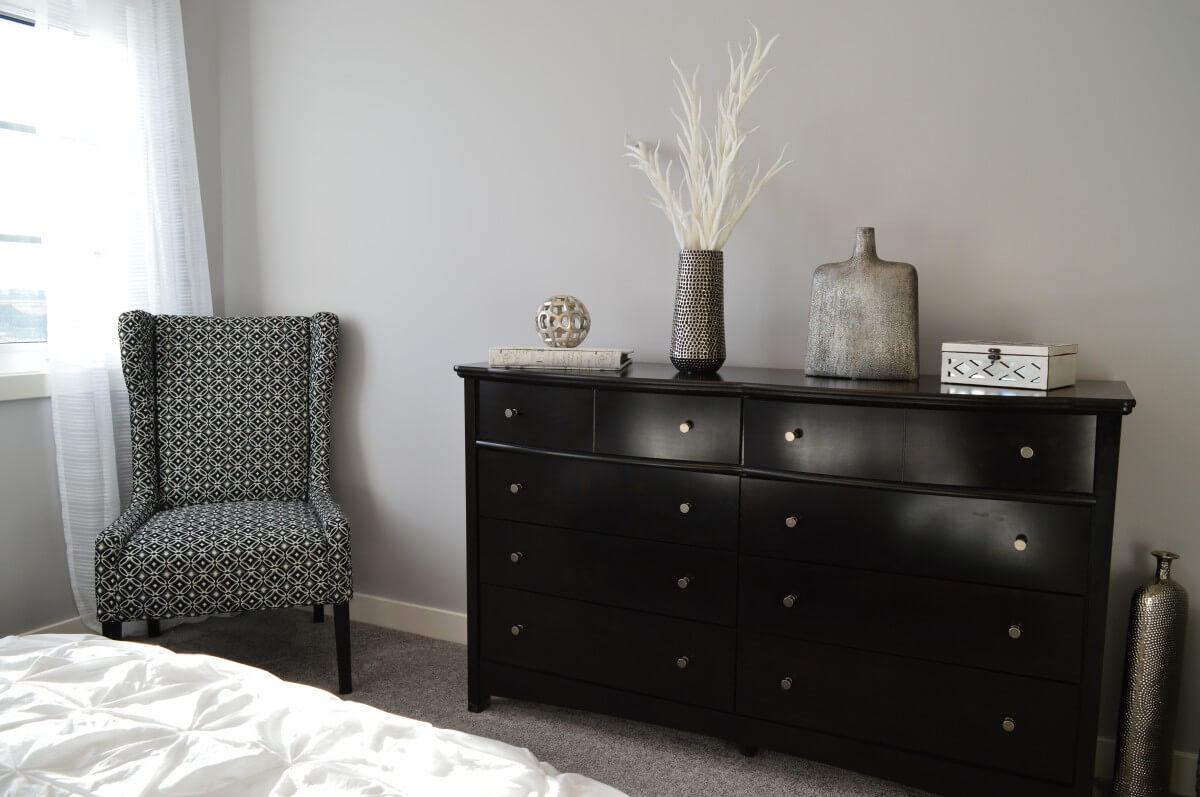




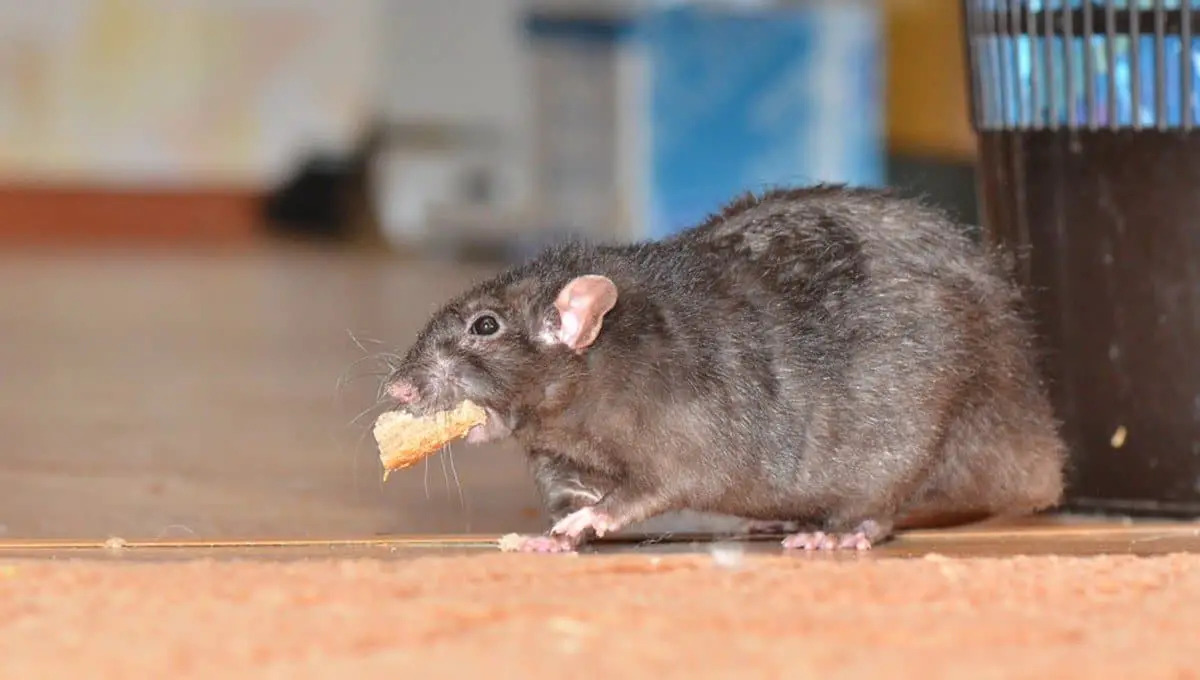


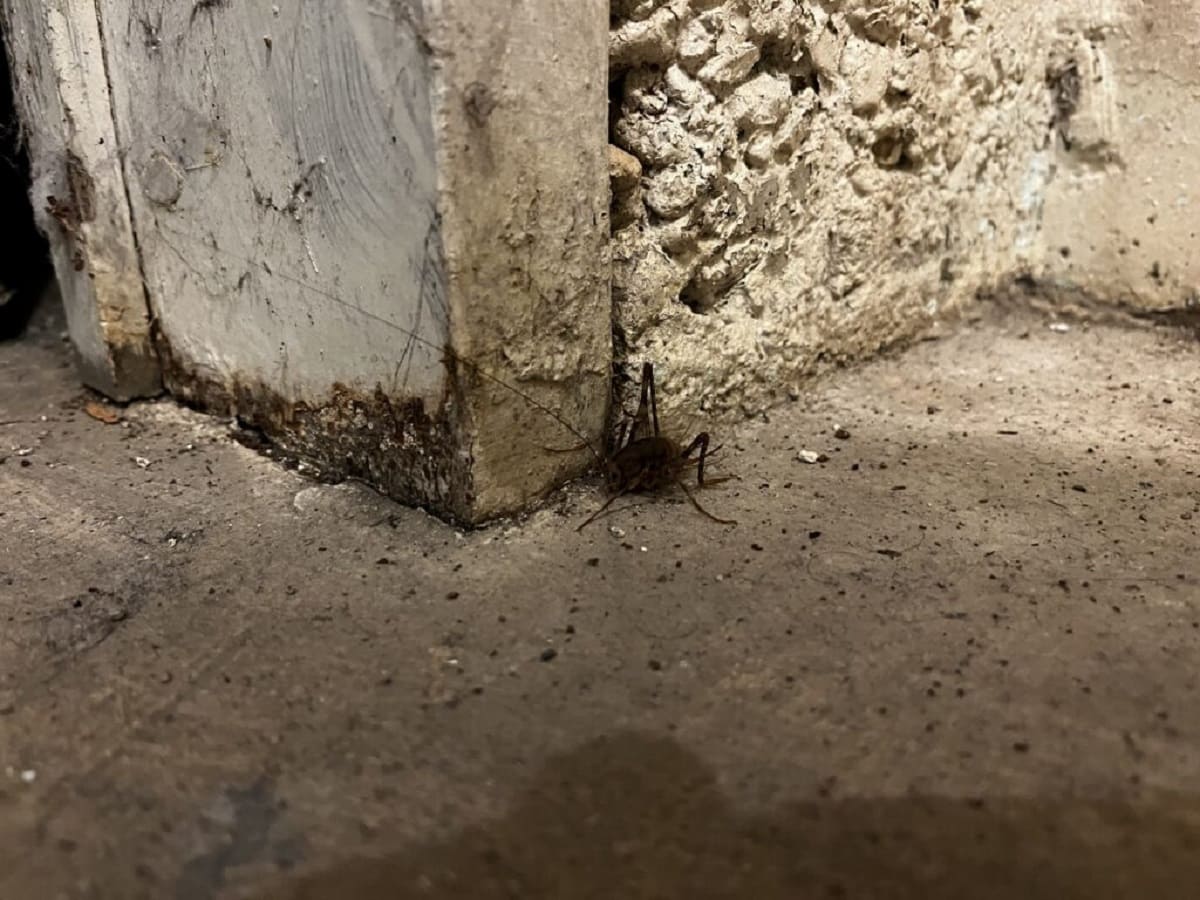
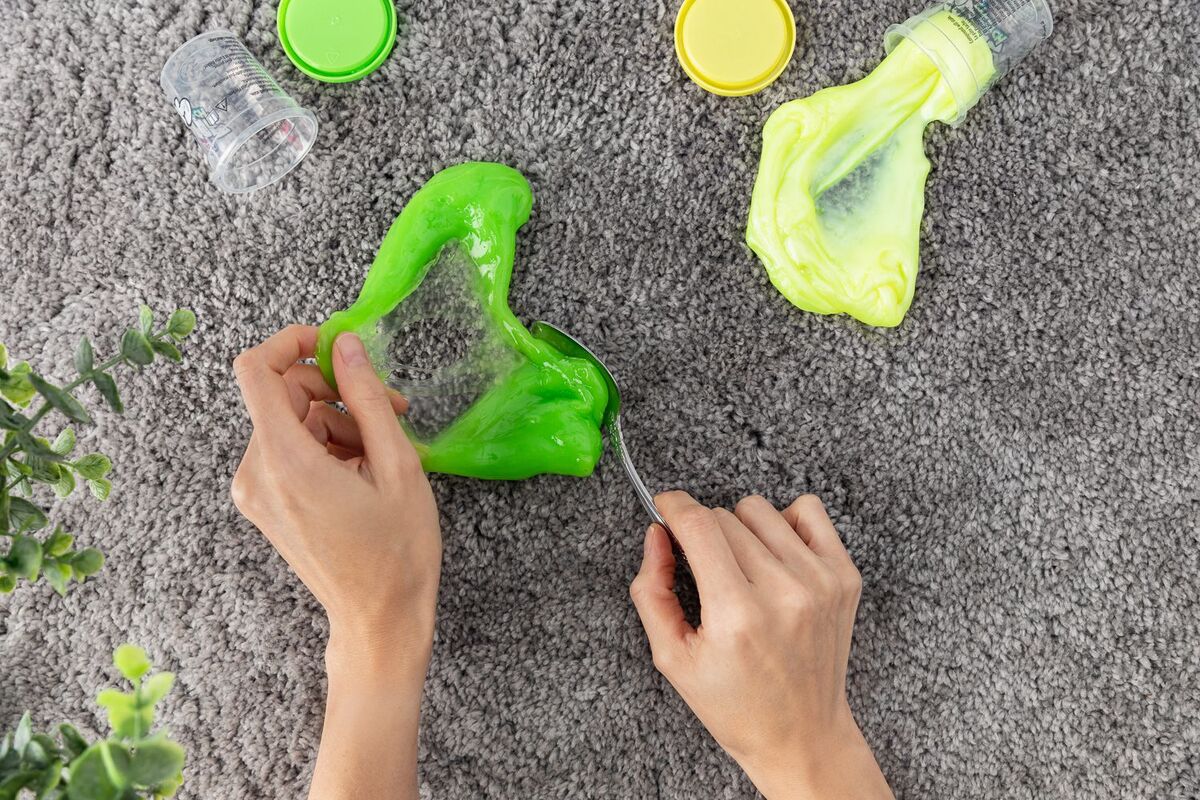

0 thoughts on “How To Get Rid Of Moths In Wardrobe”